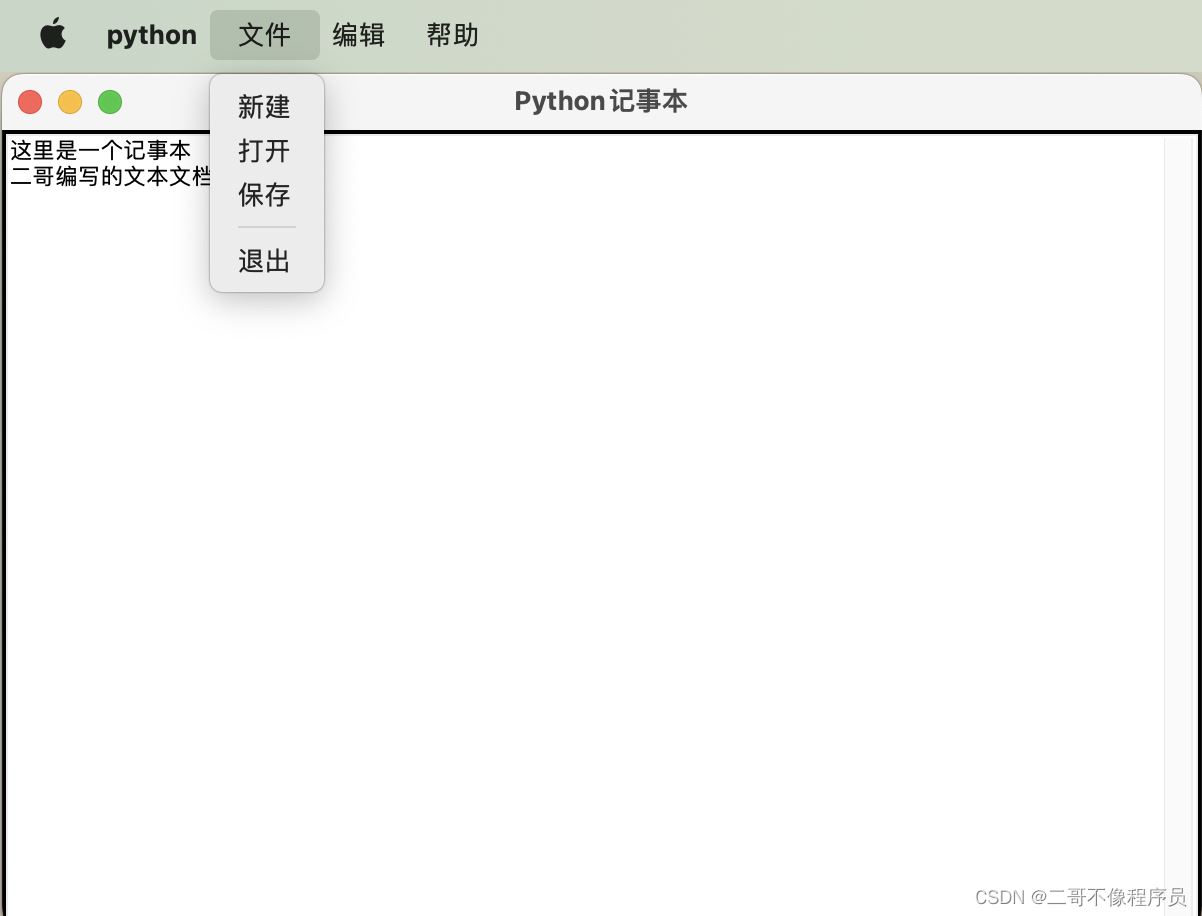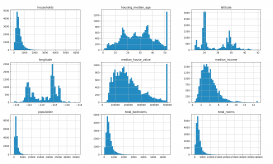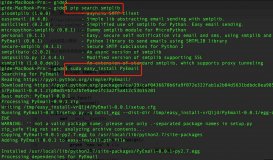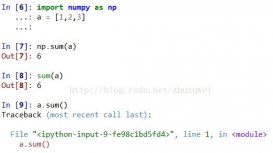一、思考
想要完成记事本,我们首先需要考虑一个正常的记事本都需要具有哪些功能,我们将这些功能按键添加到我们的UI界面上即可。一般功能如下:
- 新建文本文档
- 打开本地文件
- 保存文本文档
- 功能项:剪切、复制、粘贴等
设定好了基本的功能选项之后我们再来思考实现记事本的思路。
- 创建记事本窗口
- 设定记事本菜单项
- 给不同的菜单项配置不同的功能选项
- 运行笔记本
二、代码实现
创建记事本窗口
创建窗口的时候,我们要设定好窗口的高度、宽度、文本区域以及各种菜单,与设定的内容如下:
|
1
2
3
4
5
6
7
8
9
10
11
12
13
14
15
16
17
18
19
20
21
|
class Notepad: root = Tk() ''' Width:宽度 Heith:高度 TextArea:文本区域 MenuBar:菜单栏 FileMenu:文件菜单 EditMenu:编辑菜单 HelpMenu:帮助菜单 ScrollBat:滚动条 ''' Width = 300 Height = 300 TextArea = Text(root) MenuBar = Menu(root) FileMenu = Menu(MenuBar, tearoff=0) EditMenu = Menu(MenuBar, tearoff=0) HelpMenu = Menu(MenuBar, tearoff=0) ScrollBar = Scrollbar(TextArea) file = None |
设定记事本菜单项
设定好了基本的框架之后,接下来就是向整个框架中填入各种参数与配置项,包括菜单栏中各种功能选项、窗口标题、窗口位置等。
后续如果向添加新的功能在init函数中进行添加即可
菜单项代码示例:
|
1
2
3
4
5
6
7
|
def __init__(self, **kwargs): # 增加新建配置 self.FileMenu.add_command(label="新建", command=self.__newFile) # 增加打开配置 self.FileMenu.add_command(label="打开", command=self.__openFile) # 增加保存配置 self.FileMenu.add_command(label="保存", command=self.__saveFile) |
配置功能选项
接下来就是构建不同的功能函数,实现每一个小功能,这里不需要我们编写独立的功能函数代码,只需要使用tkinter中的函数进行再封装即可。
配置功能示例代码:
|
1
2
3
4
5
6
7
|
def __newFile(self): ''' 新文件:默认是一个未命名文件 ''' self.root.title("未命名文件") self.file = None self.TextArea.delete(1.0, END) |
完整代码如下
|
1
2
3
4
5
6
7
8
9
10
11
12
13
14
15
16
17
18
19
20
21
22
23
24
25
26
27
28
29
30
31
32
33
34
35
36
37
38
39
40
41
42
43
44
45
46
47
48
49
50
51
52
53
54
55
56
57
58
59
60
61
62
63
64
65
66
67
68
69
70
71
72
73
74
75
76
77
78
79
80
81
82
83
84
85
86
87
88
89
90
91
92
93
94
95
96
97
98
99
100
101
102
103
104
105
106
107
108
109
110
111
112
113
114
115
116
117
118
119
120
121
122
123
124
125
126
127
128
129
130
131
132
133
134
135
136
137
138
139
140
141
142
143
144
145
146
|
import tkinterimport osfrom tkinter import *from tkinter.messagebox import *from tkinter.filedialog import *class Notepad: root = Tk() ''' Width:宽度 Heith:高度 TextArea:文本区域 MenuBar:菜单栏 FileMenu:文件菜单 EditMenu:编辑菜单 HelpMenu:帮助菜单 ScrollBat:滚动条 ''' Width = 300 Height = 300 TextArea = Text(root) MenuBar = Menu(root) FileMenu = Menu(MenuBar, tearoff=0) EditMenu = Menu(MenuBar, tearoff=0) HelpMenu = Menu(MenuBar, tearoff=0) ScrollBar = Scrollbar(TextArea) file = None def __init__(self, **kwargs): # 设置文本框的大小 try: self.Width = kwargs['width'] except KeyError: pass try: self.Height = kwargs['height'] except KeyError: pass # 设置窗口标题 self.root.title("Python记事本") # 将窗口居中显示 screenWidth = self.root.winfo_screenwidth() screenHeight = self.root.winfo_screenheight() left = (screenWidth / 2) - (self.Width / 2) top = (screenHeight / 2) - (self.Height / 2) self.root.geometry('%dx%d+%d+%d' % (self.Width, self.Height, left, top)) # 文本区域大小调整 self.root.grid_rowconfigure(0, weight=1) self.root.grid_columnconfigure(0, weight=1) # Add controls (widget) self.TextArea.grid(sticky=N + E + S + W) # 增加新建配置 self.FileMenu.add_command(label="新建", command=self.__newFile) # 增加打开配置 self.FileMenu.add_command(label="打开", command=self.__openFile) # 增加保存配置 self.FileMenu.add_command(label="保存", command=self.__saveFile) # 增加退出配置 self.FileMenu.add_separator() self.FileMenu.add_command(label="退出", command=self.__quitApplication) # 菜单中设置文件按钮 self.MenuBar.add_cascade(label="文件", menu=self.FileMenu) # 增加剪切功能 self.EditMenu.add_command(label="剪切", command=self.__cut) # 增加复制功能 self.EditMenu.add_command(label="复制", command=self.__copy) # 增加粘贴功能 self.EditMenu.add_command(label="粘贴", command=self.__paste) # 菜单中设置编辑按钮 self.MenuBar.add_cascade(label="编辑", menu=self.EditMenu) # 增加关于记事本选项 self.HelpMenu.add_command(label="关于记事本", command=self.__showAbout) # 菜单中射者帮助按钮 self.MenuBar.add_cascade(label="帮助", menu=self.HelpMenu) self.root.config(menu=self.MenuBar) self.ScrollBar.pack(side=RIGHT, fill=Y) # 滚动条根据内容进行调整 self.ScrollBar.config(command=self.TextArea.yview) self.TextArea.config(yscrollcommand=self.ScrollBar.set) def __quitApplication(self): ''' 用于退出程序(关了就消失) ''' self.root.destroy() def __showAbout(self): ''' 添加帮助菜单中的信息 ''' showinfo("关于记事本", "来自:二哥不像程序员") def __openFile(self): ''' 打开文件 ''' self.file = askopenfilename(defaultextension=".txt", filetypes=[("All Files", "*.*"), ("Text Documents", "*.txt")]) if self.file == "": self.file = None else: self.root.title(os.path.basename(self.file)) self.TextArea.delete(1.0, END) file = open(self.file, "r") self.TextArea.insert(1.0, file.read()) file.close() def __newFile(self): ''' 新文件:默认是一个未命名文件 ''' self.root.title("未命名文件") self.file = None self.TextArea.delete(1.0, END) def __saveFile(self): ''' 用于保存文件,不存在的文件进行新建,存在的文件在原文件基础上覆盖保存 ''' if self.file == None: self.file = asksaveasfilename(initialfile='Untitled.txt', defaultextension=".txt", filetypes=[("All Files", "*.*"), ("Text Documents", "*.txt")]) if self.file == "": self.file = None else: file = open(self.file, "w") file.write(self.TextArea.get(1.0, END)) file.close() # 更改title名字为文件名 self.root.title(os.path.basename(self.file)) else: file = open(self.file, "w") file.write(self.TextArea.get(1.0, END)) file.close() # 添加功能项 def __cut(self): self.TextArea.event_generate("<<Cut>>") def __copy(self): self.TextArea.event_generate("<<Copy>>") def __paste(self): self.TextArea.event_generate("<<Paste>>") def run(self): # 使用mainloop()使得窗口一直存在 self.root.mainloop()notepad = Notepad(width=600, height=400)notepad.run() |
三、展示

菜单栏根据不同的系统会有不同的位置展示,mac嵌入在左上角,win在窗口内部进行嵌入。
总结
本篇文章就到这里了,希望能够给你带来帮助,也希望您能够多多关注服务器之家的更多内容!
原文链接:https://blog.csdn.net/qq_35164554/article/details/123822082











